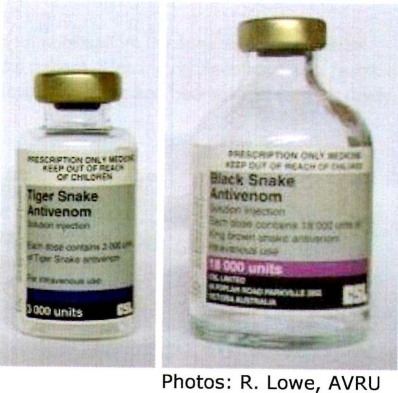Black Snake Envenomation
/The First Aid for black snake envenomation is pressure-immobilisation
Black Snake Envenomation: Signs and Symptoms
The venom of mulga snake is somewhat less toxic than that of many other Australian venomous snakes, among them the black snake. Mytoxicity is a major feature, and the venom also contains anticoagulants and possibly neurotoxins. Swelling and pain at the bite site may be seen, and are unusual in bites by other Australian snake genera.
Red-bellied black snake bite may cause coagulopathy, neurotoxicity, and myolysis. No human deaths have been confirmed, although animals have died after bites by this snake.
Bites from the blue-bellied black snake may cause severe local pain and regional lymphadenopathy.
Black Snake Envenomation: Treatment
First aid for black snake envenomation consists of a pressure bandage and immobilization. In cases where a pressure bandage has been applied correctly, it can be left in situ indefinitely while the patient is feeling no discomfort as a result. If it becomes appropriate to remove a pressure bandage, it is necessary to have antivenom and haemostatic support ready.
Black snake antivenom should be used for envenomation by the mulga snake and Collett's snake.
Tiger snake antivenom is just as effective in treating envenomation by the red-bellied black snake and blue-bellied black snake, and is preferable because of its lesser volume.



